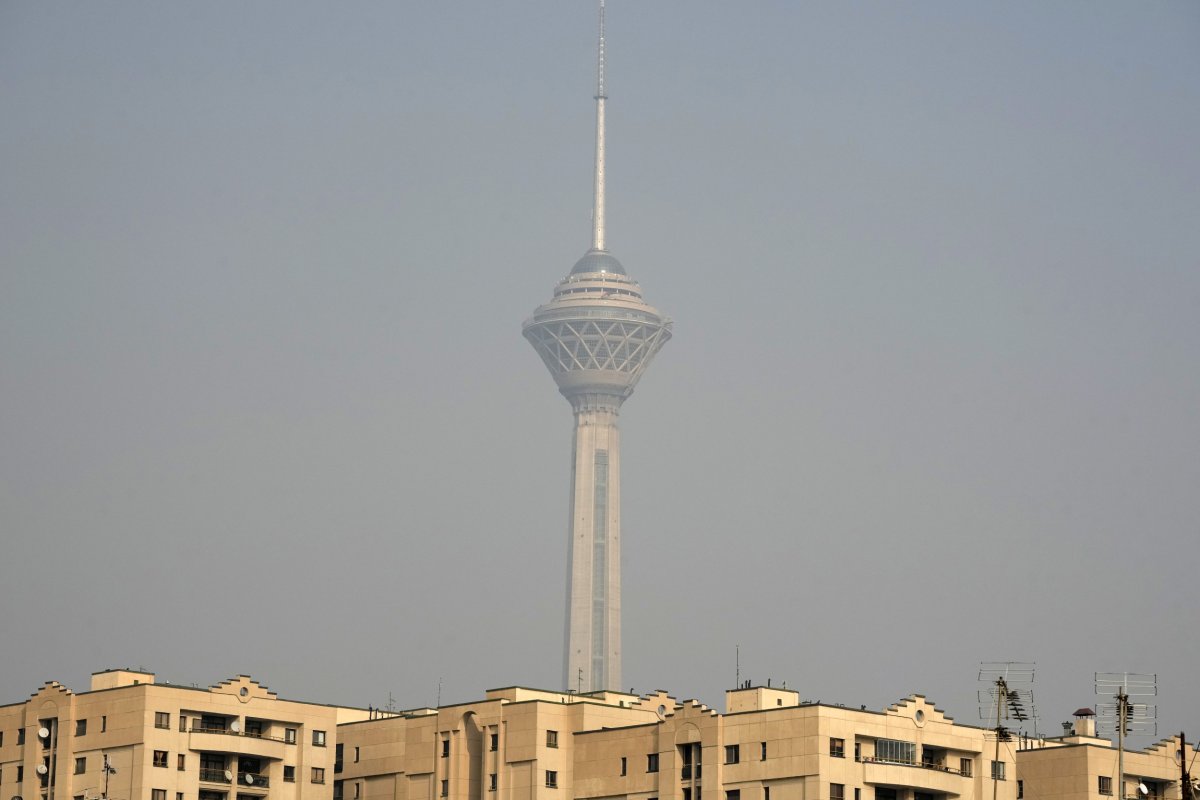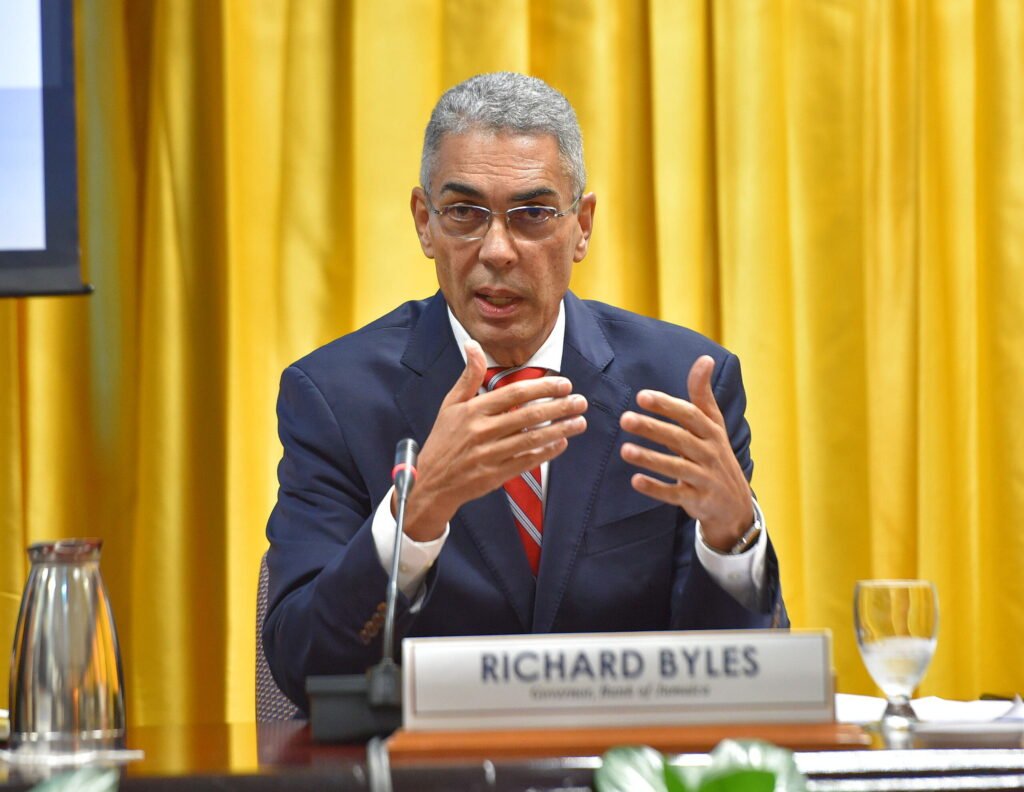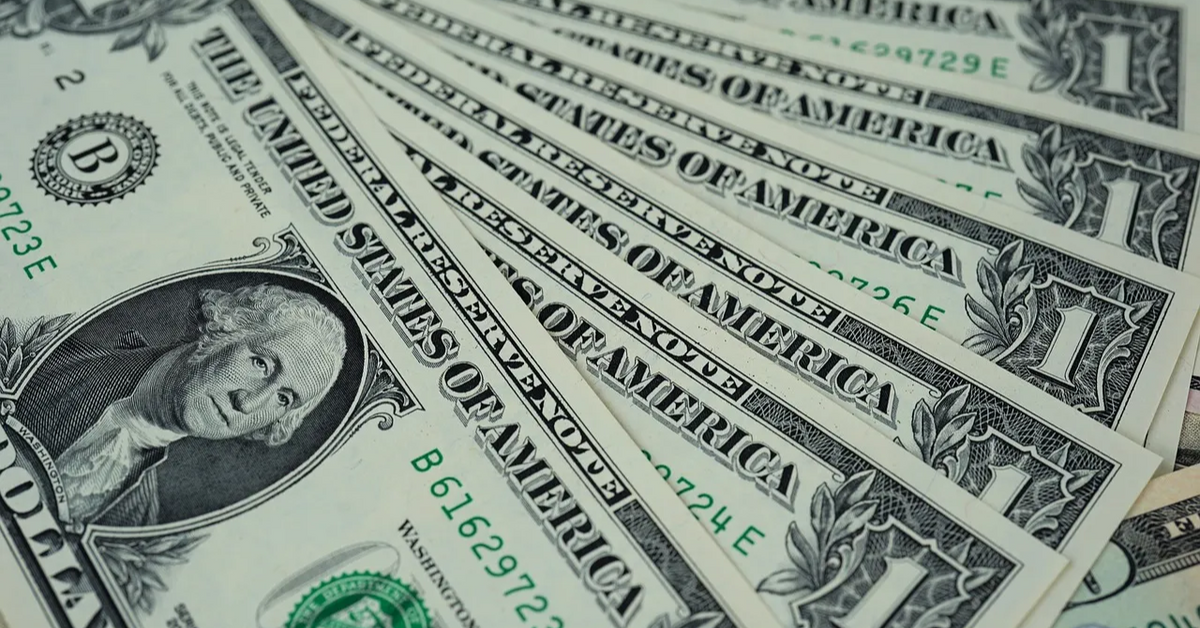What’s New
Iran’s currency, the rial, has plummeted to a historic low, trading at 777,000 rials to the dollar as of Wednesday.
This marks a significant decline from 703,000 on the day Donald Trump won the U.S. presidential election in November. The sharp drop comes amid escalating regional tensions and an ongoing energy crisis in Iran, exacerbated by severe winter conditions.

Vahid Salemi/AP Photo
Why It Matters
The economic turmoil has forced Iran to shut down schools, universities, and government offices nationwide. Meanwhile, Iranian Central Bank Gov. Mohammad Reza Farzin announced efforts to stabilize the currency by injecting $220 million into the market.
Iran’s economic struggles reflect the broader affect of international sanctions imposed over its nuclear program and the ongoing geopolitical tensions in the Middle East. Despite its vast natural gas and oil reserves, the country faces energy shortages due to years of underinvestment and sanctions.
These challenges are testing the leadership of reformist President Masoud Pezeshkian, who came to power after the sudden death of hard-line President Ebrahim Raisi earlier this year.
What To Know
The current crisis follows years of economic instability since the U.S. withdrawal from the 2015 nuclear deal. Under the agreement, the rial traded at 32,000 to $1. Today, it has lost over 95 percent of its value.
Iran’s energy sector, despite its resource wealth, remains underdeveloped, leading to rolling blackouts during the summer and now severe winter gas shortages.
President Pezeshkian has pledged to reach a deal to ease sanctions, but tensions with the West remain high.
Iran continues to play a key role in regional conflicts, supporting militant groups including Hamas, Hezbollah, and the Houthis, further complicating its diplomatic relations.

Vahid Salemi/AP Photo
What People Are Saying
Central Bank Governor Mohammad Reza Farzin: Highlighting the $220 million that has been injected into the currency market, he said “The supply of foreign currency would increase, and the exchange rate would be stabilized.”
Iranian President Masoud Pezeshkian: “With … the economic potential of our country, Iran does not deserve to lag behind its neighboring countries.”
Acting Under Secretary for Terrorism and Financial Intelligence Bradley T. Smith: “Iran continues to funnel revenues from its petroleum trade toward the development of its nuclear program.”
What Happens Next
Iran’s government faces immense pressure to address the dual challenges of economic instability and an energy crisis.
As President Pezeshkian seeks to negotiate sanctions relief, the nation must also contend with internal discontent and regional unrest.
Observers are watching for further measures from the Iranian Central Bank to stabilize the rial and to see how the administration balances domestic reforms with its foreign policy ambitions.
With winter worsening, the energy crisis could push the nation into deeper economic hardship.
This article includes reporting from The Associated Press







